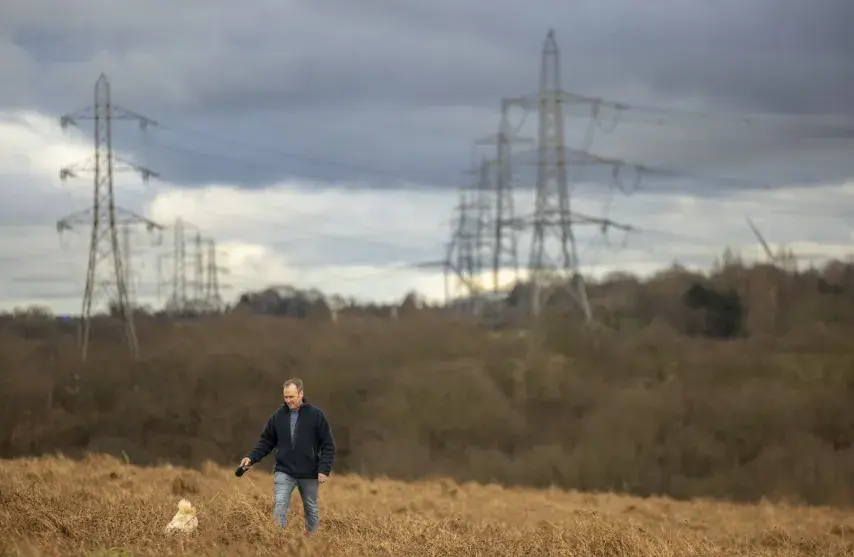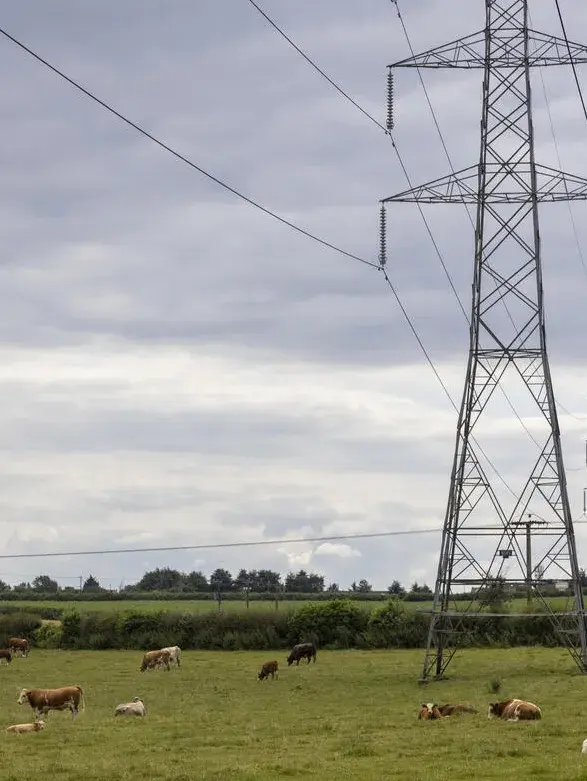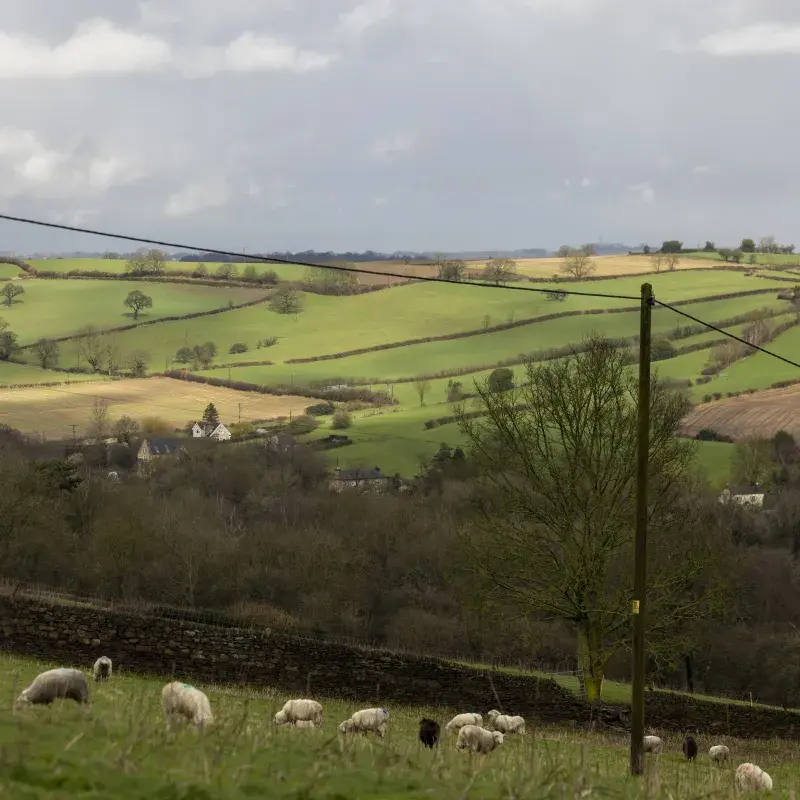What's happening and why?
The Great Grid Upgrade comprises major infrastructure projects that are helping to connect more clean, secure energy to homes and businesses across England and Wales. But why are these upgrades needed and what exactly will be happening?


Why we’re upgrading the grid
The UK’s electricity grid was originally built to connect electricity generated in power stations from fossil fuels, such as coal from the North and Midlands of England and South Wales.
As the UK moves away from fossil fuels and increases clean energy generation, we’ll all be using more electricity than ever before. Demand for electricity is expected to increase by 50% by 2035 and double by 2050, as we decarbonise the energy that’s used for things like heating and transport.
So significant new infrastructure is needed to connect this clean energy from where it’s generated to where it’s needed.
How we’re upgrading the grid
To carry this clean energy from where it’s generated – like out in the North Sea by wind turbines – to homes and businesses, we need to build new electricity transmission infrastructure, as well as upgrading existing infrastructure.
The UK has committed to connect 40GW of offshore wind to the electricity grid by 2030, making 50GW in total to meet government targets. That’s nearly enough to power every home in Great Britain* and is equivalent to taking 5.2 million petrol or diesel cars off the road, or the carbon absorption of 509 million trees over one year.**
Our network of cables, pylons and substations will need to transmit this renewable energy, as the existing infrastructure simply doesn't have the capacity to transport the volume of energy that will be generated offshore. As a result, we need to upgrade our onshore electricity network.

Why we’re building new and upgrading existing infrastructure
In some areas we’ll be able to upgrade the infrastructure that already exists. In other areas, we'll need to install new wires, cables and pylons.
All of this is to ensure that there’s sufficient capacity to transport the required amounts of electricity, to make sure everyone in England and Wales has access to clean, secure energy.
In 2019 the UK became the first major economy in the world to pass laws to end its contribution to global warming by 2050.¹
The Government wants the electricity grid to run fully on clean and renewable energy sources by 2030.²
National Grid is investing over £30bn between 2025 and 2029 in projects that support the UK’s net zero and power decarbonisation targets.

Do you have a question about The Great Grid Upgrade?
Find answers to some of the most frequently asked questions about The Great Grid Upgrade.
Keep up to date
To find out more information about The Great Grid Upgrade, register for updates or follow us on social media.
* British energy security strategy - GOV.UK (www.gov.uk)
**National Grid Market Fundamentals analysis
¹UK becomes first major economy to pass net zero emissions law -GOV.UK (www.gov.uk)
²Make-Britain-a-Clean-Energy-Superpower (labour.org.uk)